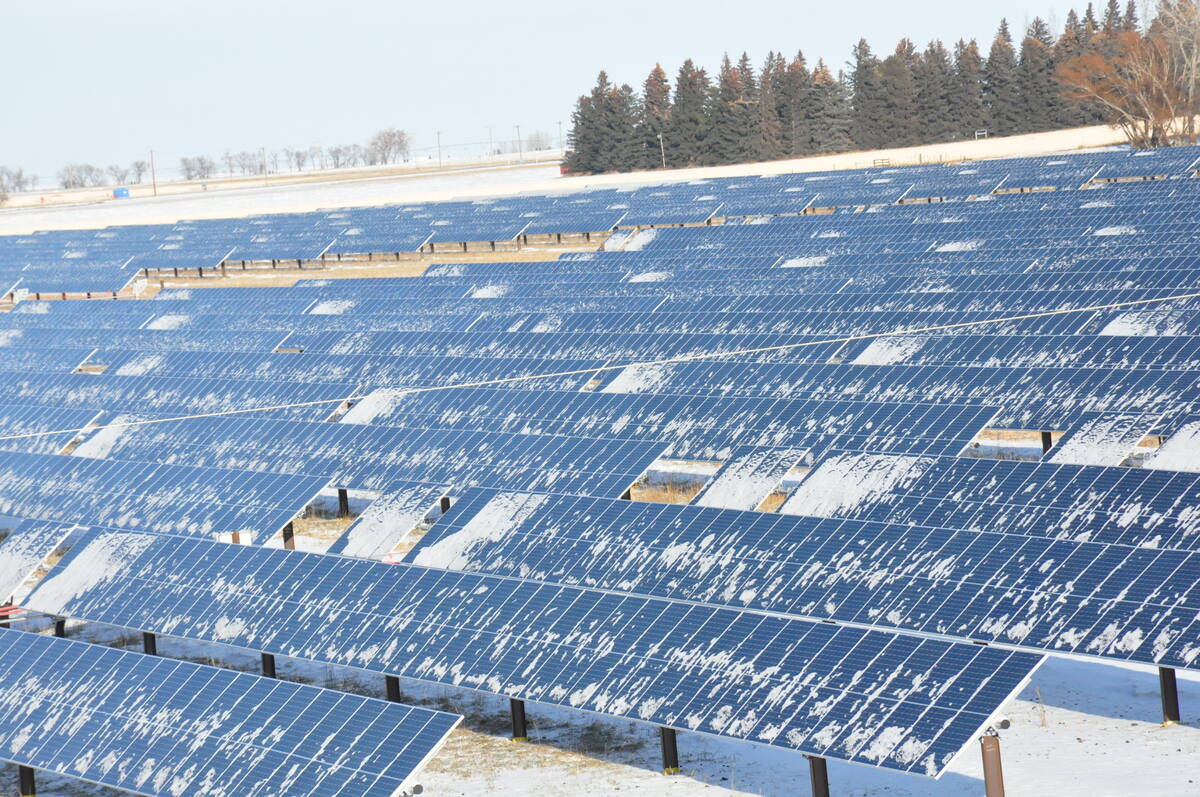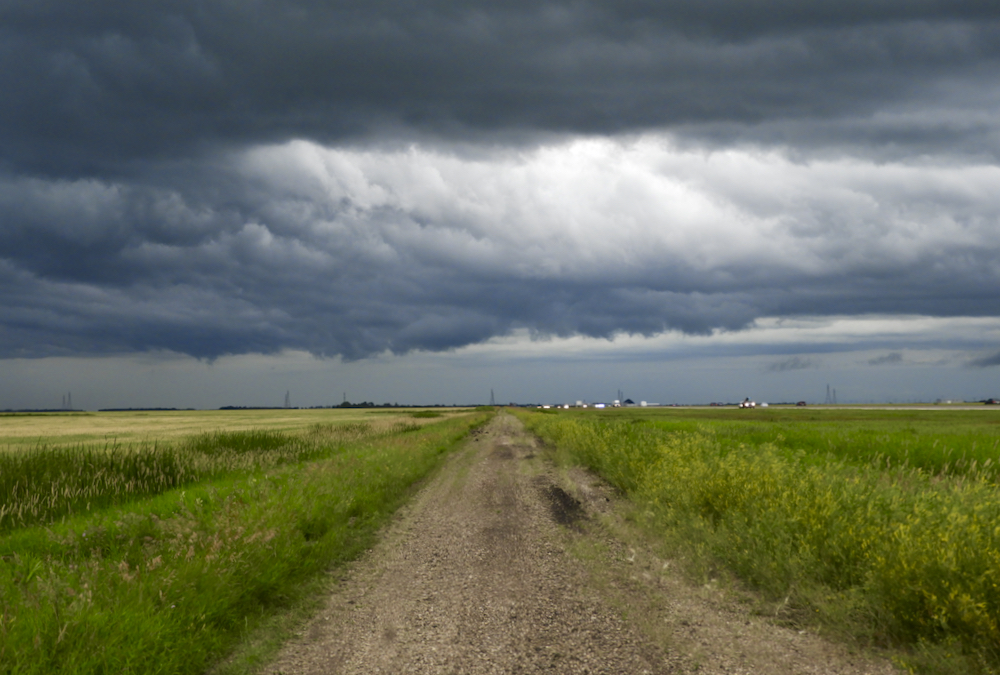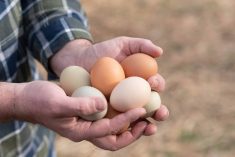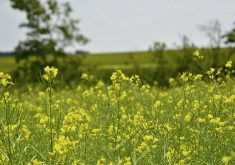After plowing through a 57-page U.S. Department of Agriculture report titled “Concentration and Competition in U.S. Agribusiness,” I asked an agronomist friend who had also read the report why it seemed that its writers used so much “hem-and-haw” language in analyzing, for example, the rise of today’s powerful seed companies.
“I’m less interested in the authors’ conclusions and opinions,” the friend emailed back, “and more interested in the data they show. I think it’s up to those of us outside USDA-ERS (the U.S. Department of Agriculture’s Economic Research Service) to interpret the data in a manner that’s less favourable to corporate agribusinesses.”
That’s good advice. There are reams of data in the report, particularly in three key focus areas: seeds, meatpacking, and food retail. We — the “us” outside of the USDA — need to draw our own conclusions.
Read Also

Why agriculture is Canada’s energy ace
Why isn’t agriculture getting more play in Canada’s quest for efficient, renewable energy production? It should be
For example, according to the USDA, “between 1990 and 2020, prices paid by farmers for crop seed increased by an average of 270 [per cent], while seed prices for crops grown predominantly with genetically modified traits rose by 463 (per cent), substantially more than commodity output prices.”
How would most of us explain this incredible, 193 per cent price increase in GM seed over non-GM seed during this period?
No doubt, many would link the price increase to the tightening grip one seed giant was having on GM traits in the U.S. corn, soybean, and cotton seed markets at the time.
The USDA confirms this in its detailed analysis: “By 2009, GM traits owned or licensed by Monsanto were used on 95 (per cent) of soybean acres, 81 (per cent) of corn acres, and 79 (per cent) of cotton acres in the United States.”
But wait, the report hems, “the increases in seed prices reflected to a large degree the higher productivity of improved crop varieties and provided a return on investments in R&D by seed companies.”
So, which is it? The transparently evident tight control of GM traits by one company or the never-defined “returns on investments in R&D by seed companies?”
Both, haws the USDA, because “higher seed prices reflect to a large degree the market power that firms derive from their IPRs (intellectual property rights) … and a return on company investment in R&D.”
That murky explanation reads more like a 2010 seed company press release than a 2023 USDA official report.
That’s the problem with this and other recent USDA reports on market concentration, noted Peter Carstensen, a professor of law emeritus at the University of Wisconsin and an expert in antitrust law and economic regulation. The U.S. ag department often takes the middle road because “USDA has little role” in regulating any market anymore, he said.
“The big villain here is the DOJ,” the U.S. Department of Justice, according to Carstensen, “that failed to challenge, or settled on ineffective terms, the major mergers” in agriculture.
The report’s conclusions in other areas of its anticompetitive focus, meatpacking and food retailing, are just as statistically solid and definitively inconclusive as its views on the seed market.
For example, the report notes in its summary, “economic theory and empirical analyses demonstrate that high concentration can facilitate the exercise of market power, with firms driving sales prices above — or livestock purchase prices below — the prices that would prevail in competitive markets.
“However” — and you knew there would be a “however” — “the relationship between concentration and market power is not tight, and high concentration can often result from factors like innovations or the realization of scale economies that improve productivity and reduce costs and prices.”
Austin Frerick, a Yale University fellow who researches ag antitrust and competition issues, agrees with Carstensen that the DOJ could do far more to push tougher antitrust reviews and legal challenges in the U.S. But the USDA, and specifically U.S. Secretary of Agriculture Tom Vilsack, could be doing more, too.
“Vilsack hasn’t done anything meaningful to address the concentration issues highlighted here in seeds, meatpacking and grocery stores,” noted Frerick. “He’s been doing a little song and dance … but there’s no substance there.”
There sure is a lot of hemming and hawing, though.
The Farm and Food File is published weekly throughout the U.S. and Canada. Past columns, supporting documents, and contact information are posted at farmandfoodfile.com.















